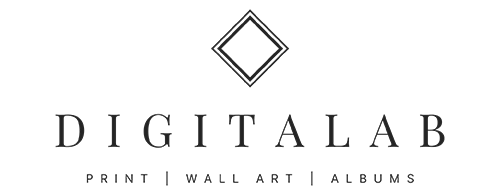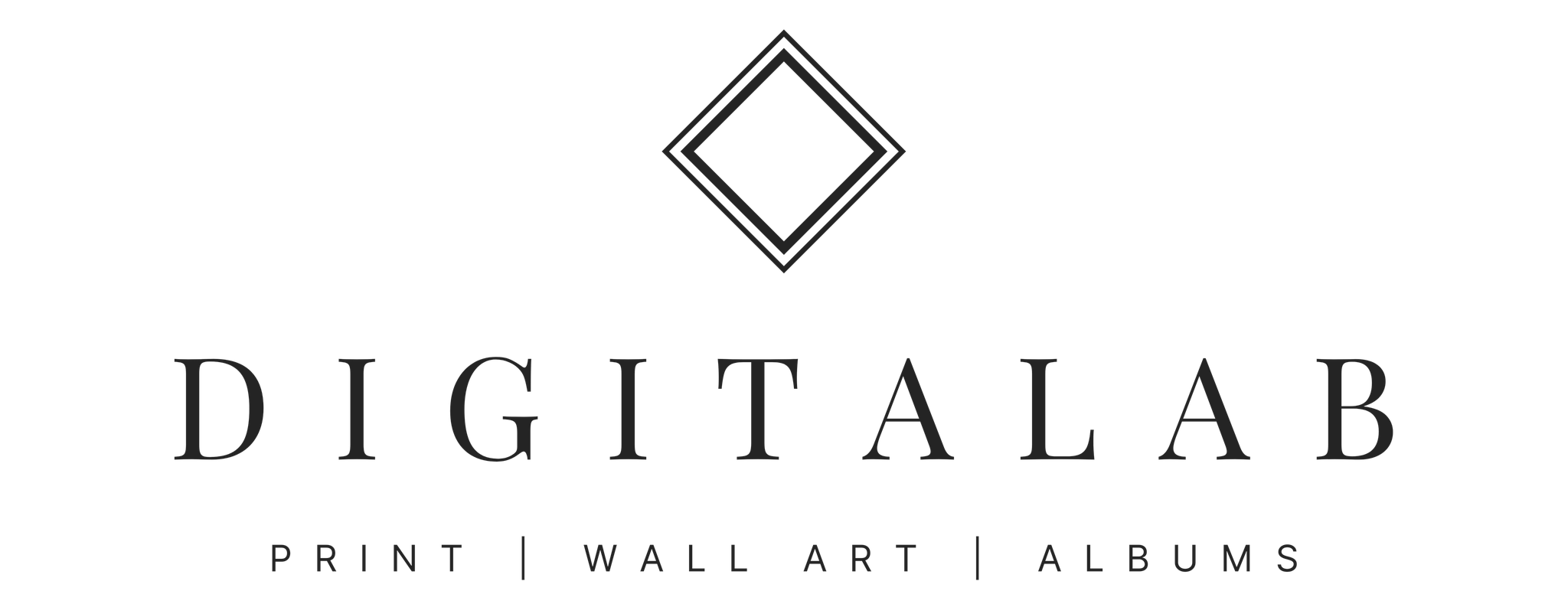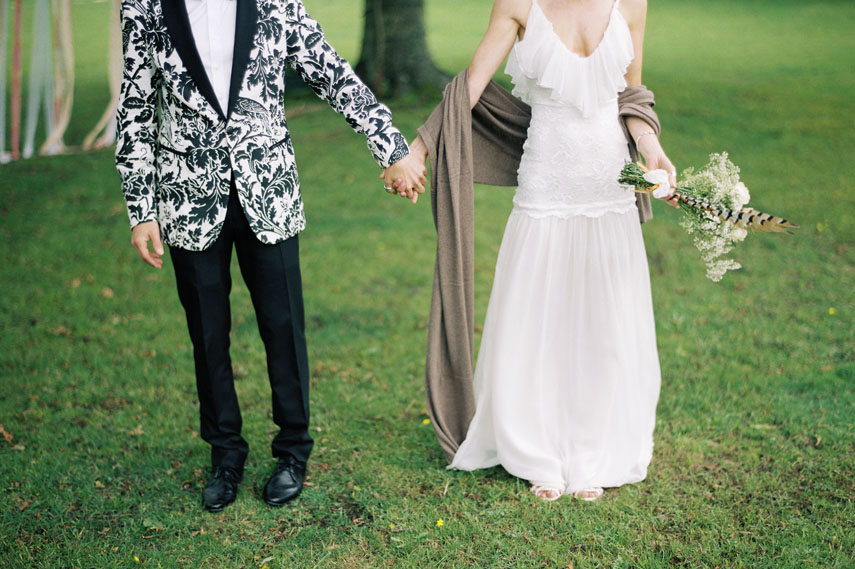Photographic Tech: Stu Cooper
At Digitalab, we’re a bunch of photography fanatics and can’t resist an opportunity to nerd out. That’s why we’ve decided to talk to our favourite photographers about one thing we’ve definitely got in common – and that’s professional photography. This time we’ll be getting down to the technicals, and we’ve asked Stu Cooper for a look inside his photographic toolkit to figure out just how he finds his perfect shot.
What’s your camera of choice?
Contax 645, medium format film camera.
Which photographic gadgets couldn’t you live without? And are there any you regret ever buying?
Light meter, Honl speed strap & Barn door, Sanyo eneloop batteries, Kodak Portra 400 Film, Matin Labs Kodak presets. These are the gadgets that I definitely couldn’t live without. There are a ton of products that I have wasted money over the years – Nikon battery grip, Pop up soft box, sunsniper strap to name a few!
What’s your go-to lens, and why?
Carl Zeiss 80mm f2 is my go to lens, in fact it is the ONLY lens I use on the contax, as it truly is the finest lens I have ever used! When used at f2 it gives the most beautiful depth of field to wedding pictures and has a look that is like no other lens I have ever used. Because it is medium format, this lens is the equivalent to a 50mm in 35mm.
You’re in the field – what are your settings?
On digital (Nikon Df) I use aperture priority (f2.8), as this is quick fast and generally very accurate in matrix metering mode. For film, I meter for the shadows and generally overexpose by at least a stop. Film has more latitude with highlights and overexposing gives a soft dreamy look to an image.
Which gear do you never travel without?
If it’s a wedding, all of the above plus my manfrotto tripod. Also I do love my Nikon 24-70 f2.8 lens – it doesn’t have the same bokeh look that I like from my prime lenses but it’s a great all round lens.
What software or tools do you use post-processing?
I use Adobe Lightroom for 90% of all editing and post production. Where we are mixing film with digital, it’s important to get a consistent look for colour so we start by using the Porta 400 by Mastin Labs as a starting point and then tweak the colour using temp/tint sliders and the HSL sliders to match as close as we can to the film scans. We also use the VSCO Kodak Tri X presets for our black and whites.
Which professional photographers inspire or influence your work?
LOADS! For weddings my absolute fav is Jonathan Canlas – his work blows me away on a weekly basis! Other great wedding photographers include Max Wanger, Jose Villa, Elizabeth Messina, Polly Alexandre and Tec Pataja. I love lots of other great photographers, probably too many to mention, but my favs again would have to be Bailey, Terry Richardson, Susan Burnstine, William Eggleston and Atget. I absolutely love the session of Princess Diana by Mario Testino at Kensington Palace – incredible!
How do you improve your photography skills?
I like to look at other photographers’ work to be inspired, and with blogs it’s so easy to find inspiring work. I still love to attend workshops and seminars – one of the most influential was the Film Is Not Dead workshop that I attended in 2012. Every wedding or shoot that I do I always shoot our signature images to make sure we are capturing everything we need, but then I always like to go home with something new as well.
What’s one piece of advice you’d give to a first-timer that you wish you had known starting out?
Get to grips with your numbers as soon as you can! Being a full-time photographer is ace because it’s like doing your favourite hobby for a job, but you are running a business and it’s very easy to let spending go out of control. There are so many ways to market your business these days that you need to be aware of your profits and be able to assess the return on all the things you invest in. Always go the extra mile for every client and you’ll always be busy.


